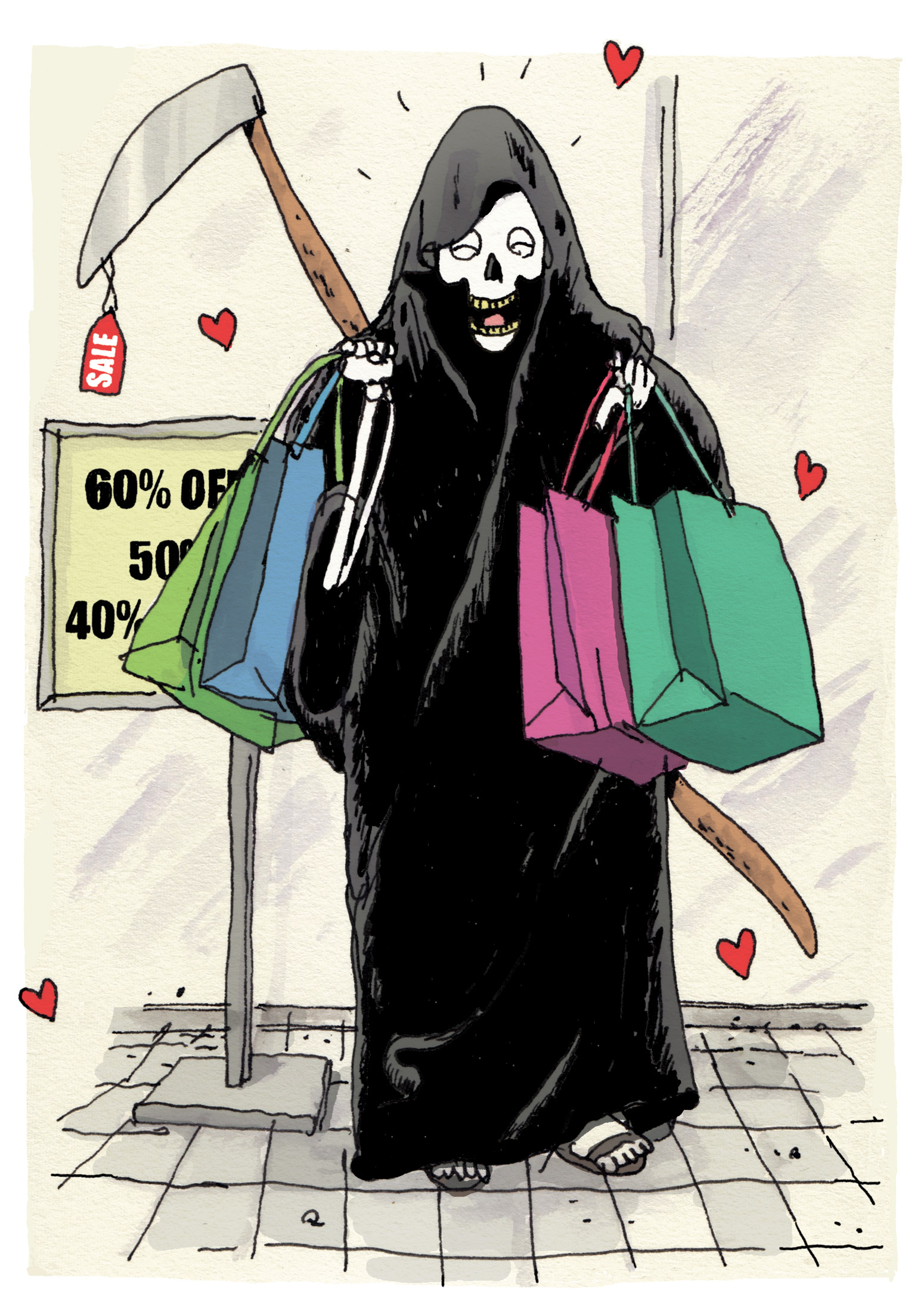Retail is on the verge of apocalypse, and it deserves the wrath that it’s about to suffer over the next year. Why? Because most companies have forgotten the most important aspect of it: the experience.
The majority of brands have been slow to evolve, failing to design experiences deemed valuable by the consumer. Forget about customer service—these days, when shopping, it frequently feels as if I’m disrupting a salesperson’s Instagram time when I’m asking for help. They rarely offer recommendations, and if they don’t have something in stock, the last thing they ever seem to want to do is transfer it in or find another location carrying it. (What I’m looking for could probably be found online, anyway.) The design of the stores is the other problem. Corporate bean-counters wanted to maximize every square foot. Efficiency, not effectiveness, became the rule of thumb. Fluorescent lighting, boxes stacked on top of one another, products chained to racks—most retail space feels more like a warehouse than an enjoyable experience. Online retailers such as Amazon and Net-a-Porter, not surprisingly, have swarmed in and added to the inexorable demise, with Amazon even getting into brick-and-mortar retail itself. Consignment and secondhand shops have been “Ubered,” too, by sites such as The RealReal.
Not all retail is in this category, however. Some luxury brands have bought an extension for the upcoming doomsday by using best-in-class architects and interior designers (think: David Chipperfield for Valentino, Foster + Partners for Apple, Peter Marino for Louis Vuitton and Chanel) and rethinking the experience so that sensory points are met. This is not to say it’s a long-term extension, however—they, too, have to quickly think about what retail truly looks like for today and tomorrow. JCPenney, Macy’s, Saks Fifth Avenue, Neiman Marcus, and many others will very likely disappear, replaced by companies with technology in their backbones. Going forward, the companies that will succeed the most in the retail landscape will be the ones that have technology and data in their DNA, and also deeply value the customer experience, both online and in-store.

